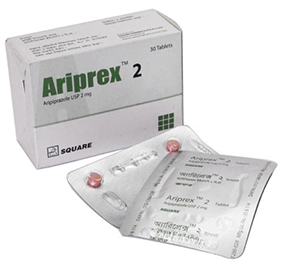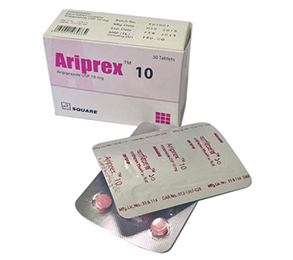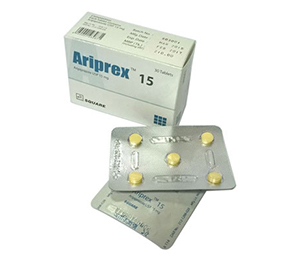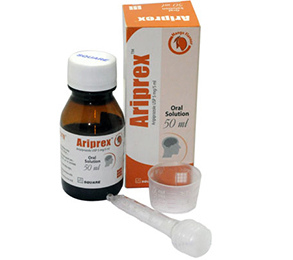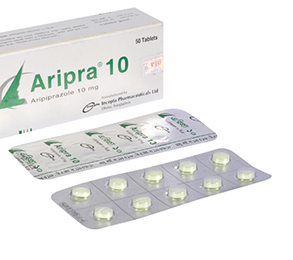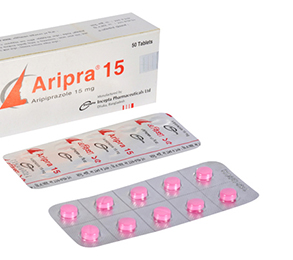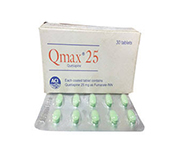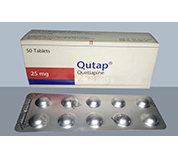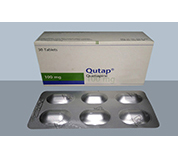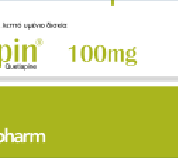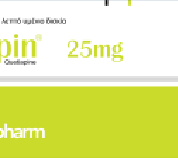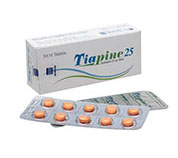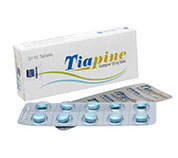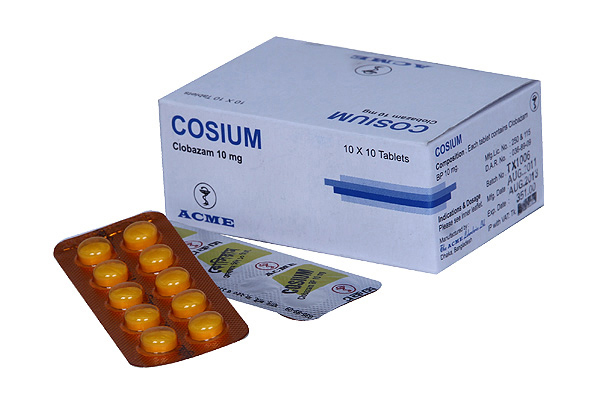Citapram 20 10 Pcs
Alternative products
Indications
Citalopram is indicated for depressive illness and panic disorder. It is also indicated in substance abuse disorders and alcohol dependence. Citalopram has also been given in variety of anxiety disorders including obsessive-compulsive disorder and social phobia. It is also effective in generalized anxiety disorder, post-traumatic stress disorder, premenstrual syndrome, idiopathic Parkinson's disease and eating disorder.
Therapeutic Class
SSRIs & related anti-depressant drugs
Pharmacology
Citalopram is bicyclic phthalane derivative and a selective serotonin re-uptake inhibitor, with little or no effect on noradrenaline, dopamine and GABA re-uptake. The inhibitory activity explains the antidepressant property of citalopram. It has no or very low affinity for 5-HT1AA, 5-HT2A, D1 and D2 receptors, α1, α2, β-adrenergic, histamine H1, muscarinic, cholinergic, benzodiazepine and opioid receptors.
Dosage & Administration
Depression, Depressive phase of bipolar disorder:
- Adult: Initially, 20 mg/day, increased to max 40 mg/day after at least 1 wk.
- Child: Contraindicated.
- Elderly: 10 mg/day. Max: 20 mg/day.
Panic disorder with or without agoraphobia:
- Adult: Initially, 10 mg/day, increased to 20 mg/day after 1 wk.
- Child: Contraindicated.
- Elderly: 10 mg/day. Max: 20 mg/day.
* চিকিৎসকের পরামর্শ মোতাবেক ঔষধ সেবন করুন'
Interaction
Ketoconazole, Itraconazole or Macrolide antibiotics and Citalopram co-administration decreases the metabolism of Citalopram. Omeprazole and Citalopram co-administration might decrease the clearance of Citalopram.
Contraindications
Citalopram should not be used if the patient enters a manic phase. Concomitant use in patients taking MAO inhibitor is contraindicated. Citalopram is contraindicated in patients with a hypersensitivity to this drug or any of its ingredients.
Side Effects
SSRIs are less sedating and have fewer antimuscarinic and cardiotoxic effects than tricyclic antidepressants. However, side-effects may be seen, includes gastro-intestinal effects (nausea, vomiting, dyspepsia, abdominal pain, diarrhoea, constipation), anorexia with weight loss, palpitations, tachycardia, postural hypotension, cough, confusion, impaired concentration, amnesia, urinary retention, sweating, movement disorders, urticaria, anaphylaxis, arthralgia, myalgia and photosensitivity.
Pregnancy & Lactation
Pregnancy: There are no adequate and well-controlled studies in pregnant women; therefore, Citalopram should be used during pregnancy only if the potential benefit justifies the potential risk to the fetus.
Lactation: Citalopram is excreted in human breast milk. So, the decision whether to continue or discontinue either nursing or Citalopram therapy should take into account the risks of Citalopram exposure for the infants and the benefits of Citalopram treatment for the mother.
Precautions & Warnings
Caution should be taken in patients with epilepsy, concurrent electroconvulsive therapy, history of mania, cardiac disease, diabetes mellitus, angle-closure glaucoma, history of bleeding disorders, hepatic and renal impairment. Abrupt withdrawal of Citalopram should be avoided.
Overdose Effects
Symptoms: Dizziness, sweating, nausea, vomiting, tremor, somnolence and sinus tachycardia. Rarely, amnesia, confusion, coma, seizures, hyperventilation, cyanosis, rhabdomyolysis and ECG changes (e.g. QT prolongation, sinus bradycardia, ventricular arrhythmias, nodal rhythm, torsade de pointes and left bundle branch block).
Management: Symptomatic and supportive treatment. Maintain and ensure adequate ventilation and oxygenation. Gastric evacuation by lavage and use of activated charcoal should be considered. Frequently monitor cardiac function and vital signs.
Storage Conditions
Store at 25° C.
Citalopram Hydrobromide
- Type Tablet
- Tag
- Morbi leo risus
- Porta ac consectetur ac
- Vestibulum at eros





